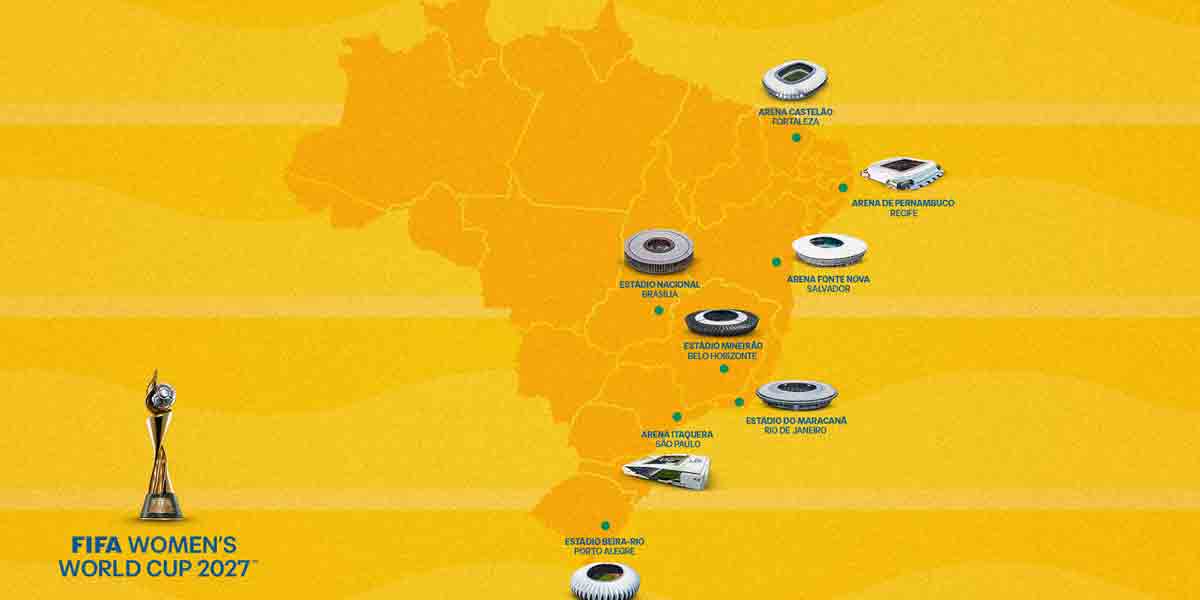By Alex P. Vidal
“Power attracts the corruptible. Suspect any who seek it.” ― Frank Herbert
WE weren’t surprised by reports that the Iloilo City Government Employees Credit Cooperative (ICGECC) was rocked by allegations of irregularities.
Any cooperative movement, if mishandled or mismanaged, can be a source of unwarranted “wealth” for a corrupt few.
It’s too premature to conclude ICGECC is doomed pending the formal investigation reportedly to be conducted by the Iloilo City Council.
In the Philippines, even if the cooperatives are managed by angels, the cooperatives sometimes may still end up in hell.
The system is good, it’s the angels, err, the officers of the cooperatives who (can) transform the cooperatives into veritable cookie jars, again for a corrupt few.
The cooperative movements are deeply rooted in the Filipino culture. And corruption or wrongdoing committed by the same characters who are, in one way or the other, supposed to be helping organize and enhance the cooperatives, is also deep-seated.
-o0o-
Because they are run much the same as commercial business corporations, it’s the members who elect a board of directors which employs a manager and makes other arrangements for providing service.
The manager is responsible for running the business, subject to the direction and review of the board of directors, which, in turn, is accountable to the membership of the cooperatives.
In many cases in the Philippines, the manager and the board of directors are in cahoots to defraud the members.
Since they have the power and authority to arrogate to themselves the execution of policies and the financial management, chances are they can walk away with the largesse if they connive to commit a malfeasance.
-o0o-
Cooperatives are sometimes small and sometimes big. They range from informal, unincorporated associations with few members to large corporations which count their members in the tens of thousands. Most of them nowadays are incorporated, according to the American Historical Association (AHA).
A cooperative can be incorporated with or without issuing stock to its members. If it does not issue stock, it is called a membership corporation.
Any eligible person can become a member, with voting rights, simply by haying a membership fee.
Sometimes even that is not necessary. This type of organization, which is becoming increasingly popular in the cooperative movement, does not appear at all among commercial corporations.
When the cooperative issues stock, it is known as a capital-stock corporation, and the ownership of a share of voting stock is necessary to full membership.
In this sense, capital-stock cooperatives are very much like ordinary commercial corporations.
Most cooperatives are still of the capital-stock variety, but the swing is toward membership co-ops. The laws of most states make it easy to organize these latter.
Cooperatives can also be broadly classified in another way: They are either direct membership or federated organizations. (Source: American Historical Association)
-o0o-
Because those who are served by a cooperative are members and owners as well as customers, the cooperative must keep careful account of members’ transactions so that savings can be properly returned to them in proportion to their patronage, AHA suggested.
“In order that members may be able to meet their responsibilities intelligently, cooperatives find it necessary to provide them with lull information on current operations,” AHA explained.
“A cooperative business is the instrument of its members and its success depends largely upon how much and how steadily the members make intelligent use of its services.
“A cooperative, in other words, must tie together management and patrons as essential parts of a mutual undertaking.”
(The author, who is now based in New York City, used to be the editor of two daily newspapers in Iloilo.—Ed)
















